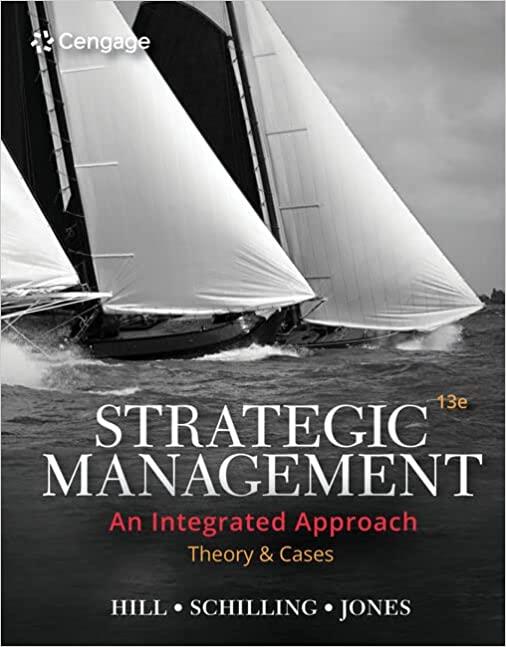Question
The following events occurred in March: March 1: Owner borrowed $125,000 to fund/start the business. The loan term is 5 years. March 1 : Owner
The following events occurred in March:
March 1: Owner borrowed $125,000 to fund/start the business. The loan term is 5 years.
March 1: Owner paid $250 to the county for a business license.
March 2: Owner signed lease on office space; paying first (March 20XX) and last months rent of $950 per month.
March 5: Owner contributed office furniture valued at $2,750 and cash in the amount of $15,000 to the business.
March 6: Owner performed service for client in the amount of $650. Customer paid in cash.
March 8: Owner purchased advertising services on account in the amount of $500.
March 10: Owner provided services to client on account, in the amount of $1,725.
March 15: Owner paid business insurance in the amount of $750.
March 20: The owner received first utility bill in the amount of $135, due in April.
March 20: Office copier required maintenance; owner paid $95.00 for copier servicing.
March 22: Owner withdrew $500 cash for personal use.
March 25: Owner paid $215 for office supplies.
March 25: Owner provided service to client in the amount of $350. Client paid at time of service.
March 30: Owner paid balance due for advertising expense purchase on March 8.
March 30: Received payment from customer for March 10 invoice in the amount of $1,725.
March 31: Last day of pay period; owner owes part-time worker $275 for the March 16 through March 31 pay period. This will be paid on April 5.
March 31: Provided service for client on account in the amount of $3,500.
March 31: Record depreciation of the office furniture at $45.83.
Specifically, you must address the following rubric criteria:
Accuracy: Prepare entries that are accurate in that they fully reflect the appropriate information.
Completeness: Prepare entries that are complete for each month, including transferring posted entries to T accounts.
Unadjusted Trial Balance: Prepare the unadjusted trial balance portion of the Trial Balance tab of the company accounting workbook, ensuring that the total debits and credits match.
Income Statement: Prepare the income statement using the adjusted trial balance
Statement of Owners Equity: Prepare the statement of owners equity using the adjusted trial balance.
Balance Sheet Assets: Prepare the balance sheet asset entries using the adjusted trial balance.
Balance Sheet Liabilities: Prepare the balance sheet liabilities entries using the adjusted trial balance.
Closing Entries: Complete the Closing Entries tab of the company accounting workbook by closing all temporary income statement amounts to create closing entries.














Step by Step Solution
There are 3 Steps involved in it
Step: 1

Get Instant Access to Expert-Tailored Solutions
See step-by-step solutions with expert insights and AI powered tools for academic success
Step: 2

Step: 3

Ace Your Homework with AI
Get the answers you need in no time with our AI-driven, step-by-step assistance
Get Started


